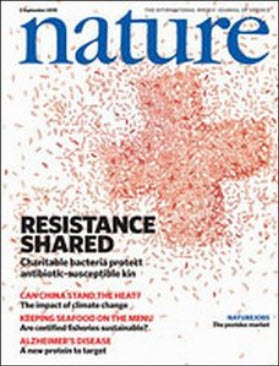|
Nature Magazine-August 2010
DISCLAIMER:This site does not store Nature Magazine-August 2010 on its server. We only index and link to Nature Magazine-August 2010 provided by other sites. Please contact the content providers to delete Nature Magazine-August 2010 if any and email us, we'll remove relevant links or contents immediately. |
Books from NEWZ
Glencoe Science: Animal Diversity, Stude...
Social Neuroscience: People Thinking abo... Photoreceptors and Light Signalling (Com... Electricity and Electronics for Aerospac... Brewing: Science and Practice (Woodhead ... The Science Fictional Dinosaur Incommensurability and Related Matters (... Model Checking Software: 15th Internatio... Quantitative Methods in Neuroscience: A ... Bad Science: Quacks, Hacks, and Big Phar... High-Frequency Oscillator Design for Int... Embedded Systems Handbook, Second Editio... Spook: Science Tackles the Afterlife The Sciences of the Artificial - 3rd Edi... Our Posthuman Future: Consequences of th... Bonk: The Curious Coupling of Science an... Careers with a Conscience: How to Make C... Gallium Nitride Electronics (Springer Se... Animal Sciences: Macmillan Science Libra... Artificial Immune Systems: 8th Internati... Hybrid Systems: Computation and Control:... Tools for Teaching Logic: Third Internat... Fundamentals of Scientific Computing (Te... Scientific Computing with MATLAB (Texts ... Fixed-Point Algorithms for Inverse Probl... |
Comments
 Comments (0)
All
Comments (0)
All
Popular searches











